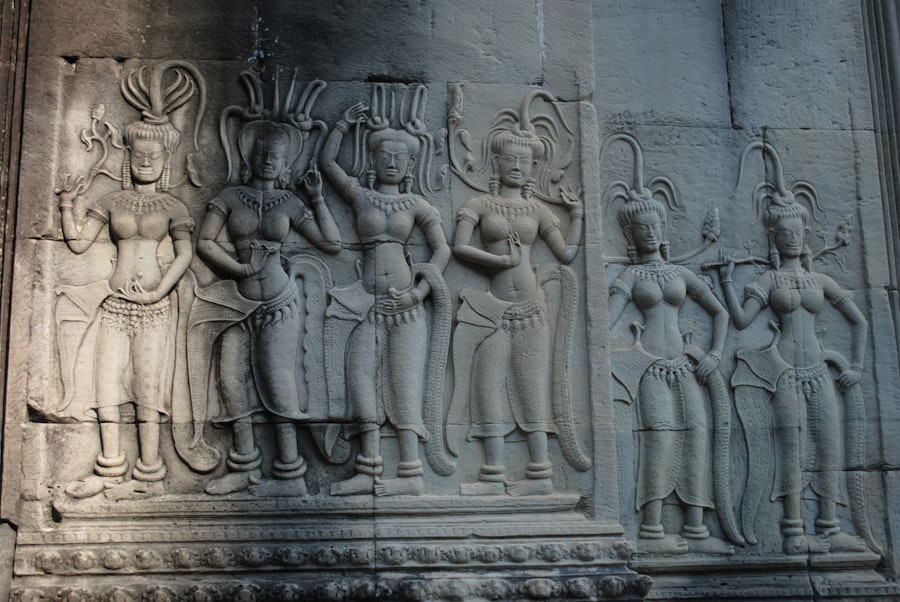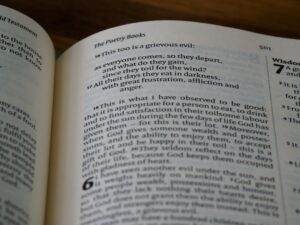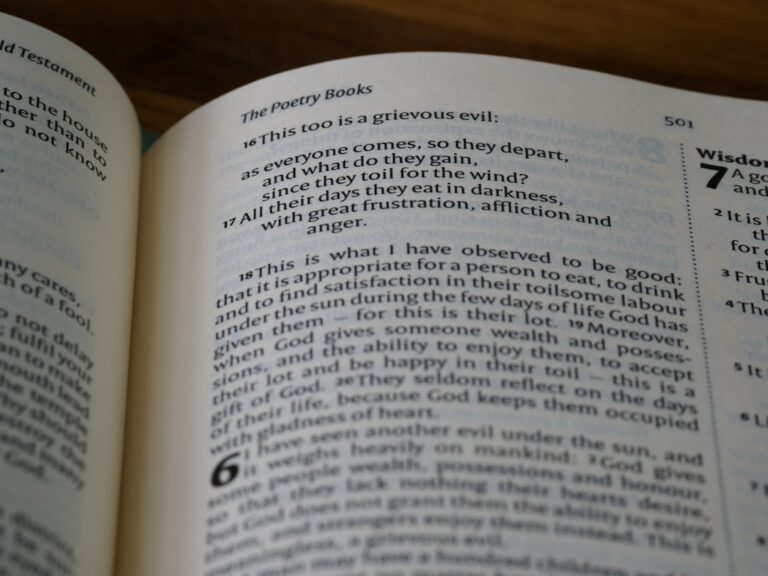Modern Indian historiography is a complex tapestry woven from diverse threads of cultural, political, and social narratives that have evolved over centuries. The study of history in India has undergone significant transformations, particularly in the wake of colonialism and the subsequent struggle for independence. Historiography, the study of historical writing and methodologies, reflects not only the events of the past but also the prevailing ideologies and contexts of the historians themselves.
In contemporary times, Indian historiography has expanded to include a multitude of perspectives, moving beyond traditional narratives to embrace a more inclusive approach that considers marginalized voices and regional histories. The evolution of Indian historiography can be traced back to ancient texts, such as the Vedas and the Puranas, which provided early accounts of Indian civilization. However, it was during the British colonial period that historiography began to take on a more formalized structure.
The British introduced Western methodologies and frameworks, which significantly influenced how history was recorded and interpreted in India. This period marked a critical juncture where historical narratives were often shaped by colonial interests, leading to a complex interplay between indigenous traditions and foreign perspectives. As we delve deeper into modern Indian historiography, it becomes essential to understand these foundational shifts and their implications for contemporary historical discourse.
Key Takeaways
- Modern Indian historiography has evolved to include diverse perspectives and narratives, moving away from traditional Eurocentric views.
- British colonial rule had a significant impact on Indian historiography, shaping the way history was written and interpreted.
- There has been a shift in historical narratives from empire-centric to people-centric, focusing on the experiences and contributions of ordinary individuals.
- Key figures and movements in modern Indian historiography, such as the Subaltern Studies group, have played a crucial role in challenging dominant historical narratives.
- Challenges and controversies in interpreting Indian history continue to arise, including debates over the representation of marginalized communities and the role of religion in shaping historical events.
The Impact of British Colonial Rule on Indian Historiography
The British colonial rule in India had profound implications for the writing and interpretation of history. The introduction of Western education and the establishment of institutions such as universities facilitated the emergence of a new class of Indian historians who were trained in European historiographical methods. This period saw the rise of figures like R.Dutt and Jadunath Sarkar, who sought to document India’s past through a lens that often mirrored colonial narratives.
Such portrayals not only shaped public perception but also influenced the way history was taught in schools and universities. Moreover, the British employed historical narratives as tools for legitimizing their rule.
By framing Indian history as one of chaos and disunity, colonial historians justified their presence as civilizers tasked with bringing order to a supposedly fragmented society. This narrative was further entrenched through the publication of textbooks that often omitted significant aspects of India’s rich cultural heritage. The impact of this colonial historiography was twofold: it marginalized indigenous historical accounts while simultaneously creating a sense of inferiority among Indians regarding their own past.
As a result, many historians began to challenge these narratives, seeking to reclaim India’s history from colonial distortions.
Shifts in Historical Narratives: From Empire-Centric to People-Centric

The late 20th century marked a significant shift in Indian historiography as scholars began to move away from empire-centric narratives towards more people-centric approaches. This transition was fueled by a growing awareness of the need to include diverse voices and experiences in historical accounts. Historians like Romila Thapar and Irfan Habib played pivotal roles in this transformation by emphasizing social history, which focuses on the lives of ordinary people rather than solely on political events or elite figures.
This shift allowed for a more nuanced understanding of India’s past, highlighting the complexities of social structures, economic conditions, and cultural practices. The emergence of subaltern studies further exemplified this change in perspective. Scholars associated with this movement sought to give voice to those marginalized in traditional historical narratives, including peasants, women, and lower castes.
By examining history from the bottom up, they challenged dominant narratives that often overlooked the struggles and contributions of these groups. This approach not only enriched the understanding of India’s past but also fostered a sense of agency among those previously rendered voiceless in historical discourse. The focus on local histories and regional identities has also gained prominence, allowing for a more comprehensive view of India’s diverse cultural landscape.
Key Figures and Movements in Modern Indian Historiography
Several key figures have significantly influenced modern Indian historiography, each contributing unique perspectives and methodologies that have shaped the field. Romila Thapar stands out as one of the foremost historians whose work has redefined the understanding of ancient India. Her emphasis on critical analysis and her ability to challenge established narratives have made her a central figure in contemporary historiography.
Thapar’s scholarship often interrogates the sources used by historians, advocating for a more rigorous examination of texts and artifacts to uncover hidden histories. Another influential figure is Irfan Habib, whose contributions to economic history have provided valuable insights into the socio-economic structures of medieval India. Habib’s work emphasizes the importance of understanding economic factors in shaping historical developments, challenging traditional political narratives that often dominate historical discourse.
His research on agrarian systems and trade networks has illuminated the complexities of India’s past, revealing how economic conditions influenced social relations and power dynamics. In addition to individual scholars, movements such as subaltern studies have played a crucial role in reshaping historiographical practices in India. This collective effort has brought together historians from various disciplines to explore themes related to class struggle, caste dynamics, and gender issues within historical contexts.
By prioritizing marginalized voices, subaltern studies have not only expanded the scope of Indian historiography but have also encouraged interdisciplinary approaches that draw from sociology, anthropology, and cultural studies.
Challenges and Controversies in Interpreting Indian History
Despite the advancements in modern Indian historiography, several challenges and controversies persist in interpreting India’s past. One significant issue is the politicization of history, where various groups attempt to appropriate historical narratives for contemporary agendas. This phenomenon is particularly evident in debates surrounding communal identities and nationalistic interpretations of history.
Different political factions often seek to promote their versions of events, leading to conflicts over historical memory and representation. Furthermore, the reliance on specific sources can lead to biases in historical interpretation. For instance, many historians have critiqued the overemphasis on elite narratives while neglecting local histories or oral traditions that may offer alternative perspectives.
This selective approach can result in an incomplete understanding of historical events and social dynamics. Additionally, the challenge of reconciling diverse interpretations poses difficulties for historians striving for objectivity while acknowledging their own positionality within broader socio-political contexts. The role of technology in shaping historical research also presents both opportunities and challenges.
Digital archives and online resources have made vast amounts of information accessible to researchers; however, they also raise questions about authenticity and reliability. The proliferation of misinformation can complicate efforts to construct accurate historical narratives, necessitating critical engagement with sources and methodologies.
The Future of Indian Historiography: Emerging Trends and Perspectives

As we look towards the future of Indian historiography, several emerging trends are likely to shape its trajectory. One notable development is the increasing integration of interdisciplinary approaches that draw from fields such as environmental studies, gender studies, and digital humanities. These intersections allow historians to explore new dimensions of India’s past while fostering collaboration across disciplines.
Another promising trend is the growing emphasis on global perspectives within Indian historiography. Scholars are increasingly situating Indian history within broader global contexts, exploring connections between India and other regions through trade, migration, and cultural exchange.
This approach not only enriches our understanding of India’s past but also highlights its interconnectedness with global histories. Moreover, there is a renewed focus on public history initiatives aimed at making historical research accessible to wider audiences. Museums, heritage sites, and digital platforms are increasingly being utilized to engage communities with their histories, fostering a sense of ownership over local narratives.
This democratization of history encourages active participation from diverse groups, allowing for a more inclusive representation of India’s multifaceted past. In conclusion, modern Indian historiography is characterized by its dynamic nature and ongoing evolution. As scholars continue to grapple with challenges while embracing new methodologies and perspectives, the field remains vibrant and relevant in understanding India’s complex history.
The interplay between traditional narratives and contemporary interpretations will undoubtedly shape how future generations engage with their pasts.
In exploring the evolution of Modern Indian Historiography, one can draw intriguing parallels with the analytical tools used in other fields, such as the power of visual aids in understanding complex relationships. An article that delves into this concept is The Power of Venn Diagrams: Visualizing Relationships and Testing Validity. This piece highlights how Venn diagrams can be instrumental in visualizing and testing the validity of relationships, much like how historians use various methodologies to interpret and present historical narratives. By examining these tools, we can gain a deeper appreciation for the nuanced ways in which history is documented and understood.
FAQs
What is modern Indian historiography?
Modern Indian historiography refers to the study and writing of history in India from the 18th century to the present day. It encompasses the various approaches, methodologies, and perspectives used by historians to understand and interpret India’s past.
How has modern Indian historiography evolved?
Modern Indian historiography has evolved from a focus on colonial history and the perspectives of the ruling British Empire to a more inclusive approach that incorporates the voices and experiences of diverse groups, including marginalized communities and subaltern perspectives.
What are some key themes in modern Indian historiography?
Some key themes in modern Indian historiography include the impact of colonialism, nationalism and independence movements, social and cultural history, economic history, gender studies, and the history of marginalized communities such as Dalits and Adivasis.
Who are some influential historians in modern Indian historiography?
Some influential historians in modern Indian historiography include R.C. Majumdar, Bipan Chandra, Romila Thapar, Irfan Habib, and Ranajit Guha, among others. These historians have made significant contributions to the study of Indian history and have shaped the field of modern Indian historiography.
How has modern Indian historiography contributed to our understanding of India’s past?
Modern Indian historiography has contributed to a more nuanced and comprehensive understanding of India’s past by incorporating diverse perspectives, challenging traditional narratives, and shedding light on previously marginalized or overlooked aspects of Indian history. This has enriched our understanding of India’s complex and multifaceted history.























+ There are no comments
Add yours